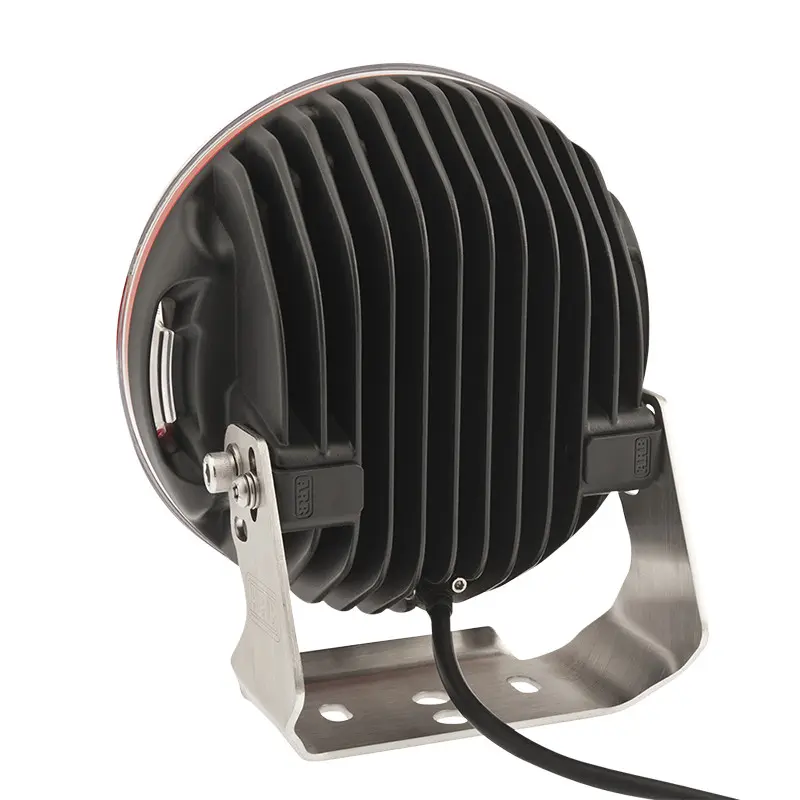As technology continues to advance, the demand for high-performing electronic devices is on the rise. This has led to an increased need for efficient cooling solutions to ensure that electronic components, such as microchips, remain at optimal operating temperatures. One such cooling solution that has gained popularity in recent years is heatsink die casting aluminum.
Heatsink die casting aluminum is a process that involves injecting molten aluminum into a steel mold to create intricate and complex shapes. This results in heatsinks that are lightweight, yet highly durable and efficient at dissipating heat. The use of aluminum as the material of choice for heatsinks offers several advantages, including excellent thermal conductivity, corrosion resistance, and the ability to be easily shaped into intricate designs.
One of the key benefits of using heatsink die casting aluminum is its ability to efficiently dissipate heat away from electronic components. As electronic devices continue to become more powerful and smaller in size, the need for effective cooling solutions is more crucial than ever. Heatsinks play a critical role in ensuring that electronic components remain within safe operating temperatures, thus preventing heat-related performance issues and premature component failure.
Furthermore, heatsink die casting aluminum offers excellent design flexibility, allowing for the creation of heatsinks with intricate fin patterns and shapes that maximize the surface area for heat dissipation. This means that heatsinks can be tailored to specific electronic applications, optimizing their cooling performance for the unique thermal requirements of different electronic devices.
In addition to its superior thermal properties, heatsink die casting aluminum also offers a high strength-to-weight ratio, making it an ideal choice for applications where weight is a concern, such as in aerospace and automotive industries. The lightweight nature of aluminum heatsinks not only reduces the overall weight of the electronic device but also allows for easier installation and handling during assembly.
As the demand for more efficient and compact electronic devices continues to grow, the importance of heatsink die casting aluminum as a cooling solution cannot be overstated. Its ability to effectively dissipate heat, its design flexibility, and its lightweight yet durable nature make it a valuable component in the ever-evolving world of electronics.
Heatsink die casting aluminum offers a multitude of benefits for electronic cooling applications. Its exceptional thermal properties, design flexibility, and lightweight nature make it an ideal choice for ensuring the long-term reliability and performance of electronic components. As technology continues to advance, heatsink die casting aluminum will undoubtedly play a crucial role in meeting the cooling demands of next-generation electronic devices.
Post time: Jan-15-2024




